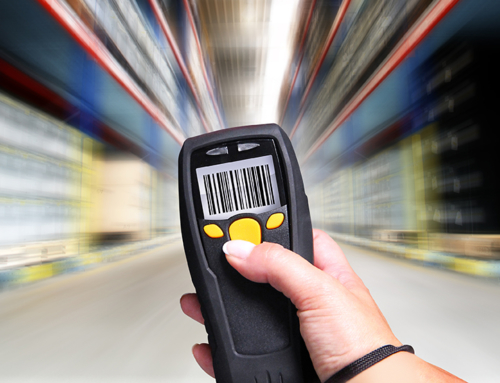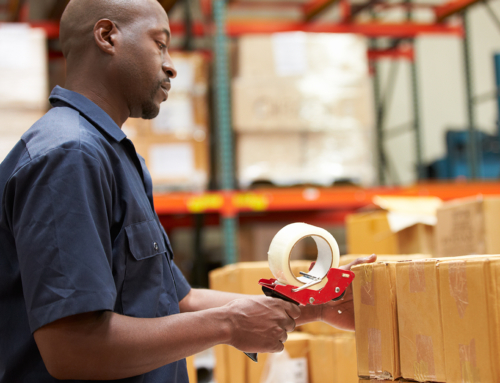As smartphones and other connected devices become more and more a way of life for pretty much everyone, the question of what to do with them when a user upgrades or a phone breaks down has to be asked.
More specifically, what happens to their data? Some retailers that accept upgrades demand that users wipe their data before they’ll accept the trade, but if anything lingers, then what? Is there a shadow of data hanging out on that phone, and if so, how do merchants deal with it?
Refining Reverse Logistics for Connected Devices
Although part of your reverse logistics process as a company that has accepted connected items either for trade or as a return is to repair the device whenever possible, ensuring that any data is cleaned off the unit is also a major concern.
Some returns management teams have created specific teams that do nothing but clean data off of units and documenting that the process was completed. Having this dedicated team adds to the cost of refurbishing, recycling or repairing the connected device, however.
It also makes the reverse logistics process for connected items a lot less straightforward than, say, laptops or digital cameras. Sure, all of these items need to be diagnosed and recycled in a very similar manner, but what happens in between can become a national nightmare. Do you need special insurance to cover the cost of a lawsuit brought against you for accidentally overlooking the deletion of data of a well-known politician or celebrity? Can you even trust your employees to not rifle through that data?
Tracking Connected Devices Through the Process
Another huge issue for reverse logistics is tracking these small items through the entire process, which may include a visit to the team that cleans them to look like new, the data-deletion team, the team that diagnosis problems and make the actual repairs, and finally, the team that repackages them for resale to a lower price point market than their brand new kin. Connected devices tend to be small and misplacing them can be a serious problem.
Bar code scanning can help you keep track of each individual device, whether it’s going to enjoy a second life or it’s headed to recycling. Integrating this with your returns data can help you pick up on trends that cause some of these items to come back into the supply chain prematurely, which can then help you choose products that might be better constructed or more popular if you happen to be the retailer, as well as the one in charge of returns management.
Smartphones, smart speakers and other very clever devices are everywhere today. Their impact on reverse logistics for electronics will be huge as first and second generation devices are upgraded and sent back to manufacturers and retailers so they can remain in the circular supply chain.







Leave A Comment